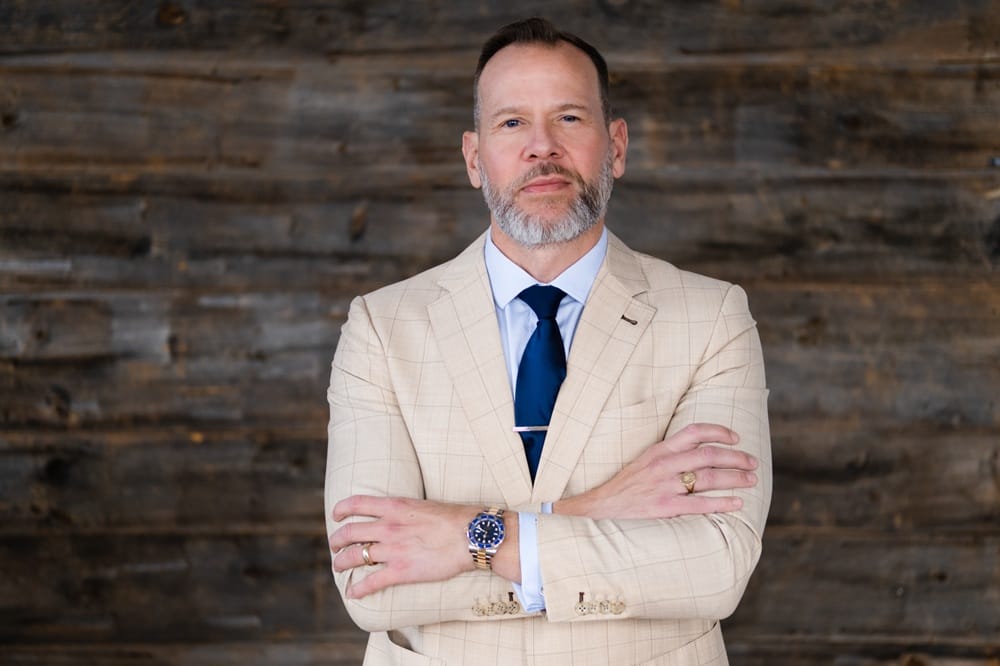
By: Jim Mann, Director of acquisitions at Thrasio
Each day, billions of pounds pour into the online economy. Customers can access an almost limitless range of goods at the click of a button. In this global, digital economy goods move between markets, borders and consumers rapidly. For entrepreneurs this is a market ripe with possibilities, with marketplaces like Amazon tearing down the infrastructure barriers to an online presence and delivery infrastructure.
Many eCommerce businesses have been able to take advantage of digital marketing to get quick, viral traction in their home market, following a well trodden playbook of optimisation, for the market and the customer. But how do you translate this success on an international scale?
Any business, large or small will face challenges as they move beyond their home turf. However, if you want to succeed long term and keep growing it’s an almost essential move.
Knowing what to keep from your current strategy and what to change is crucial. While the opportunities for creative expansion are wide ranging, there’s a few best practices and principles to keep in mind that will give you the best chance of success as you scale.
Picking your markets strategically
It might be tempting to go everywhere, and take on multiple markets at once. That’s a big mistake. Even if there is enough demand in each country, navigating the logistics from tax to shipping to translations may stretch your resources too thin. You risk failing on multiple fronts.
Additionally you don’t want to end up with your stock spread too thin either. Your cash flow is limited – having products sat in another country not selling has a huge opportunity cost on your business. This is true in any market but when there are additional costs of being international the negative impact of a bad decision is compounded. You need every pound of cash creating sales and contributing to the margin. Dead stock can quickly mean a dead business
Another common mistake is to assume demand – make sure you do your keyword research and in market and competitive analysis before investing in making the move. It’s also possible to go international too soon. Let someone else do the heavy lifting, and move when you see similar brands gaining traction.
Instead, think about which markets offer the most immediate growth potential for the way you sell. Typically in Europe that’ll be Germany for most consumer products, followed by France. If for whatever reason they don’t work, then expand your search based on market size and adoption for your niche. It’s essential to make sure that your category and brand make sense in the market. All the markets have demand nuances that can quickly reduce the potential market size.
After that it’s all about logistics. Do you know your tax obligations for those countries – will they eat your margin? What about shipping? Does Brexit mean you can’t legally move your products into the EU? How about your own supply chain? Post Brexit most brands are now splitting shipments coming into the UK & EU. This can result in having to set up third party logistics in Europe. Whilst relatively easy to do, it will take some time and add a layer lf cost you your supply chain.
Once you have the logistics sorted you can focus on the fun bit – finding your customers in the market, scaling and watching the sales come in.
Make sure your operations are keeping pace
Just as you don’t want to spread your products too thin, spreading your task list too thin won’t help either. Whether you’re a one man operation or have a trusted team in place, international growth is going to start putting new pressures on the situation.
Work out what you’re really good at when it comes to selling online and start delegating out the rest. This is the core to a happy and least stressful expansion. If you don’t like numbers don’t go mad trying!
Typically the first hires should be a fractional CFO & Fractional CMO. Your CFO will make sure you have a tight handle on your cash flow, inventory, supply chain and contribution margin. Cashflow alone is one of the biggest killers of a fast growth company – get this right early and you’re in a great place to succeed.
Your CMO will work with you to make sure you know your customer, where they eat, drink, consume & sleep. From there you can develop your marketing plan from top of funnel through to the sale (smaller brands can rarely invest heavily in top of funnel – you need the sale now, not in 12 months).
Your CMO should also be looking at identifying new & emerging keyword searches and product opportunities which your customer is looking for (line extensions or product updates to keep you differentiated).
Avoiding the three most common mistakes
In all the excitement of international growth it’s easy to get caught up in some of the common traps and pitfalls.
- The most common mistake is scaling too quickly and then finding out you don’t have the cash flow to feed the growth. The best solution is to push payment terms onto your suppliers – if you can turn the product quickly enough the net effect is your growth can largely be funded by your supply chain. There are specialist cash flow funding providers but they tend to come at hefty rates so working with your supply chain is always the best place to start.
- Second, don’t skimp on local language copywriters & PPC. No one wants to buy from google translated car crash product descriptions! You can’t blame the market if you don’t execute well.
- Finally, avoid nasty surprises by getting to grips with the regulations and requirements in each market. These may vary significantly depending on what you sell. That means everything from what the product is to how you label it. Supplements and childrens toys etc are two of the tough markets that come to mind. You may be in a category that drives you to look at less obvious but less compliant markets for ease and speed of access. Move to markets with more complex compliance later.


